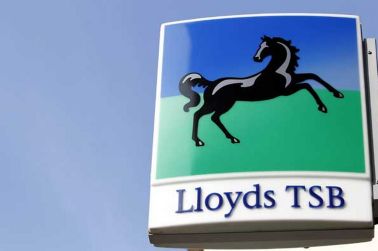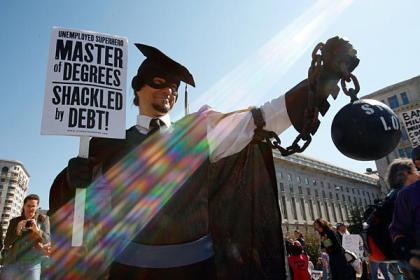By Patrick Corby
The Centre for Retail Research (CRR) has forecast that the number of retail stores in the UK could fall by 62,000 by 2015.
Currently online consumption of retail goods is approximately 12.7% and is likely to surge towards 22% over the next five years.

Caption: UK high street retail set to be squeezed out by the internet and rising inflation. Image: Reuters
The sharp reduction in stores comes from the effect of businesses shifting online, a process which is being hurried along by the recessionary environment in which rising costs are reducing profit margins for small and medium sized companies.
In November 2012 the Bank of England (BoE) released their quarterly Inflation Report announcing that three in ten stores within the UK were making a loss. The BoE stated that low interest rates were keeping unhealthy companies within the margin of sustaining their operations until recessionary adjustments were made.
Sir Mervyn King, BoE governor, has stated that “obviously, this cannot continue indefinitely”, and added how “policy can only smooth, not prevent, the ultimate adjustment”.
Right now prices are being inflated at around 21% to increase output short term but profits are only rising at 12% and with this pressure the technological shift of the internet is occurring rapidly.
The report estimates that closures will be concentrated across pharmacy, health and beauty stores as well as music, books, gifts and DIY stores. This announcement has been pre-empted by such closures as HMV and Jessops early this year. As many as 316,000 jobs could be lost due to the process.
Professor Joshua Bamfield, the author of the report, said: “Retail stores will remain an important, although smaller, part of the shopping process as online retail continues to grow.”
The shift will mostly affect Wales and the North West of England, which are seen as the weakest margin stores and therefore would take the brunt with as many as 29% of stores closing in Wales.
According to the Financial Services Authority (FSA), hedge funds are already positioning themselves for the risks UK closures expose their investments to by shorting the shares they believe are most exposed. Shorting involves borrowing shares and then waiting for them to fall to buy them back cheap and locking the profit.
Their biggest concerns right now are WH Smith, which has 63% of its shares being shorted, the Home Retail Group – which owns Argos and Homebase – which has more than 20% of shares being shorted, and Halfords which has an enormous 90% of its shares bet on a sharp fall in value.





